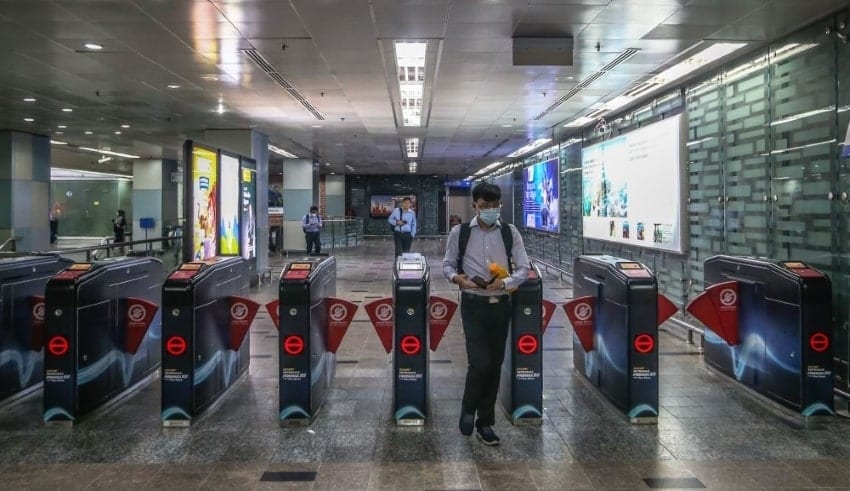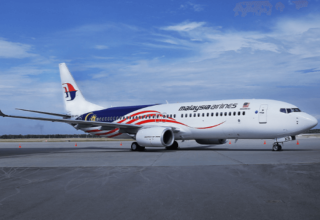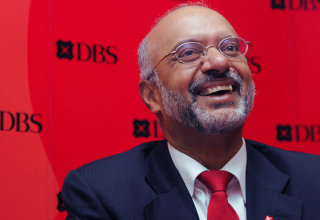
Statistics Department’s chief statistician Mohd Uzir Mahidin said that fresh graduates who joined the job market in 2020 received lower pay than 2019, getting the absolute lowest salary allowed by law. He noted that the Covid-19 pandemic also caused a lower labour force participation (LFPR) among those fresh graduates.
New graduates recorded a decline in monthly income where most of them earned between RM1,001 and RM1,500 in 2020 compared to RM2,001-RM2,500 in 2019. At the same time, the monthly income of Malaysian PhD and Master graduates in 2020 remained in the range of RM5,001-RM10,000, while diploma graduates were the majority in the range of RM1,001-RM1,500
Related Posts
Pointing out the Wage Report 2020-2021 by the International Labour Organisation (ILO), Uzir explained that in an economic downturn, due to the major changes in employment, the data on average wages could be misrepresented.
He said that when most of those who have lost their jobs are low-paid workers, it increases the average wages of the other employees that’s left.
According to Uzir, the preliminary data also displayed about two-thirds of countries noticed slower average wage growth in the first half of 2020. As stated by the Ministry of Higher Education, Malaysia recorded 318,593 graduates in 2020, lower than the 346,686 in 2019. Malaysian graduates comprised 95.8 per cent (305,301) in 2020, a 7.6 per cent drop compared to 2019 (330,557).
Uzir explained that the graduates’ ability to get employed, which encompassed employment, continued study, skills improvement and waiting for a job placement, was at 84.4 per cent. However, overall LFPR of 83.9 per cent last year was marginally above 2019’s 83.5 per cent. He added that for the young age group of 24 years and below, LFPR was at 64.8 per cent in 2020 compared to 70.2 per cent in 2019. In 2020, the government raised the country’s minimum wage to have RM1,200 while the minimum hourly wage is set at RM5.77.
Independent research institute Bait Al Amanah economist Benedict Weerasena, is saying that graduates’ employability in 2020 was at 84.4 per cent compared to 86.2 per cent in 2019. However, he noted that graduate employability was still high when compared to the previous years. In reality, the graduate employability rate in 2020 is higher than in 2016 which is 77.3 per cent, 2017 which is 79.1 per cent and 2018 which is 80.2 per cent.
He said, however, this figure is not reflective of underemployment due to the economic downturn caused by Covid-19 or the various movement restrictions implemented last year.
As an example he asked how many of these graduates are working temporary jobs or on reduced hours? How many graduates have no choice but to work in low paying or low skilled jobs which do not align with their qualifications? Weerasena said that this includes salaries of graduates entering the job market last year, which is lower compared to salaries earned in 2019. More degree graduates in 2020 fall into the lower salary scales compared to the year 2019.
He proposed that this was possibly caused by the fresh graduates simply being underemployed, by working lower paying jobs, out of their field of study or working fewer hours or part time jobs. He stated that the lower salary scales magnify a growing problem where more fresh graduates will struggle to earn enough money and get by.
























